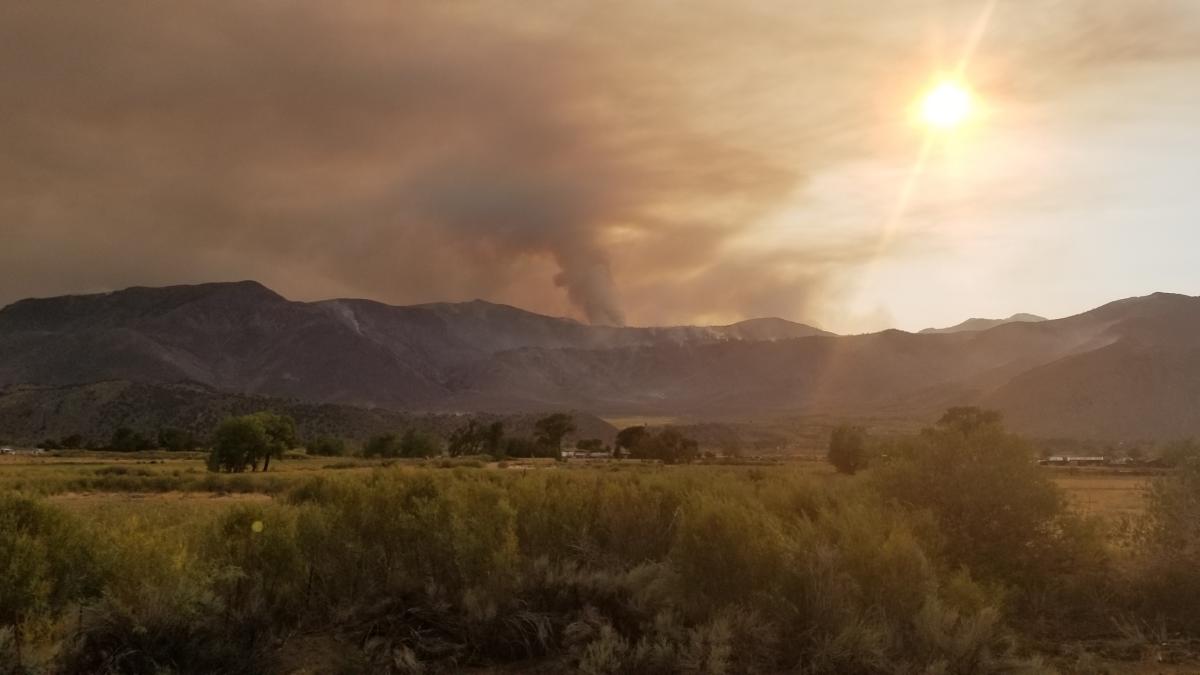
Using a novel series of metrics that better reflects prolonged, community-level smoke exposure, researchers found that these communities were exposed to disproportionate amounts of smoke every year from 2006 to 2020. Indigenous communities were exposed to about 1.7 times as much wildfire smoke, on average, as would be expected based on their statewide populations.
“People living in California understand one year is a horrible wildfire year, and in another year maybe there's not that much smoke,” said Joan Casey, assistant professor in the UW Department of Environmental & Occupational Health Sciences (DEOHS) and lead author of the study. “But we see every single year in this study period that American Indian/Native American people are disproportionately exposed to wildfire smoke.”
Researchers say their new matrix for measuring exposures will help public health experts better understand the long-term effects of wildfire smoke for both environmental justice and epidemiological studies.
The study, published recently in the journal Proceedings of the National Academy of Sciences, is believed to be the first of its kind to take such a robust look at exposure assessment.
Assessing cumulative smoke exposures
Millions of people nationwide now experience toxic, smoke-filled skies as wildfires worsen due to climate change, said Rachel Morello-Frosch, a University of California, Berkeley, professor of public health and of environmental science, policy and management and co-author of the paper.
“Now that wildfires are coming at us sequentially, and clearly are going to be increasing in frequency and intensity, we can't look at them one at a time,” Morello-Frosch said. "We have to look at them using a more cumulative exposure framework.”
Morello-Frosch likened the current landscape of wildfire smoke research to earlier studies of how industrial incidents, like a chemical plant disaster, affected communities. Researchers used to focus on those individual incidents. Only later did scientists begin understanding how cumulative exposure—rather than individual incidents—was an important predictor of health.
To look for how those individual incidents might be part of a broader health story, the research team proposed five new metrics that can be used together to better assess the duration, frequency and intensity of wildfire smoke exposure. Factors like the number of smoke waves that blanket a specific area for two consecutive days or the peak exposure week of the year can help researchers spot exposures that might otherwise have been missed.
“That may really matter for certain types of disease processes much more than the average smoothed out over the year,” said Casey.
“Those two things may not be equal," she added. "This paper is one of the first that actually starts trying to contend with this problem.”
Adapted from the original release here.




